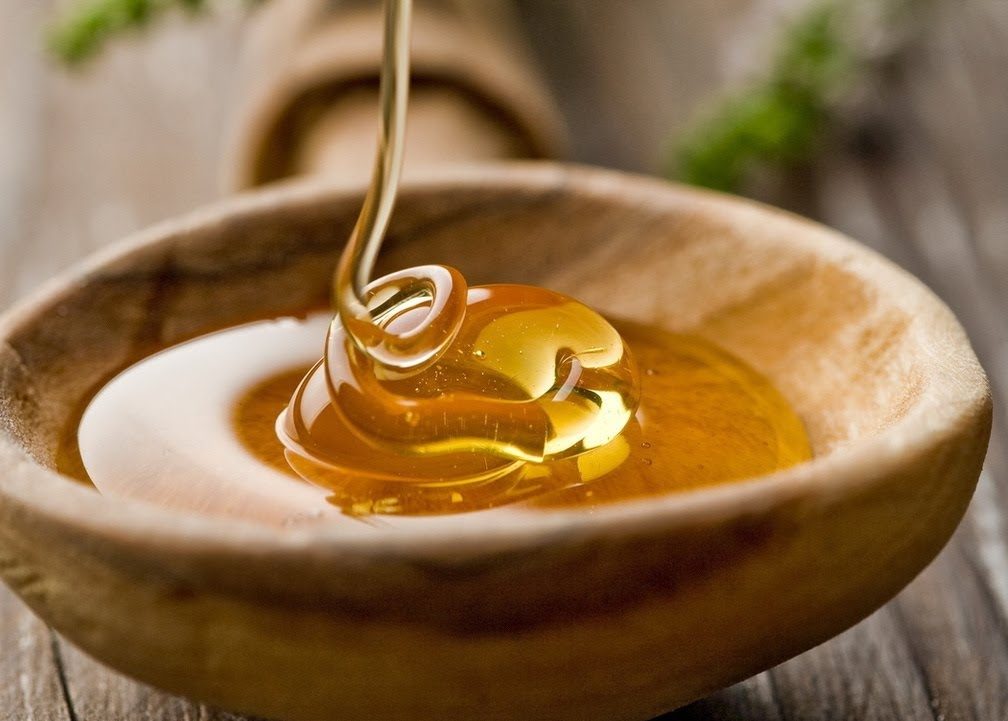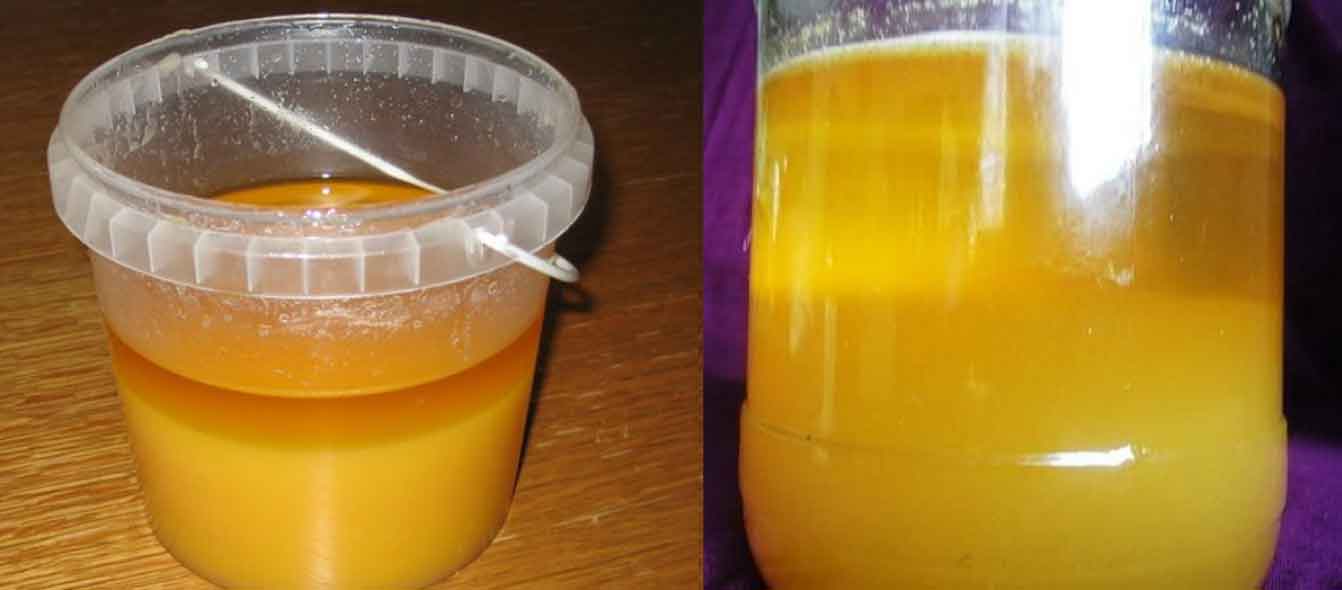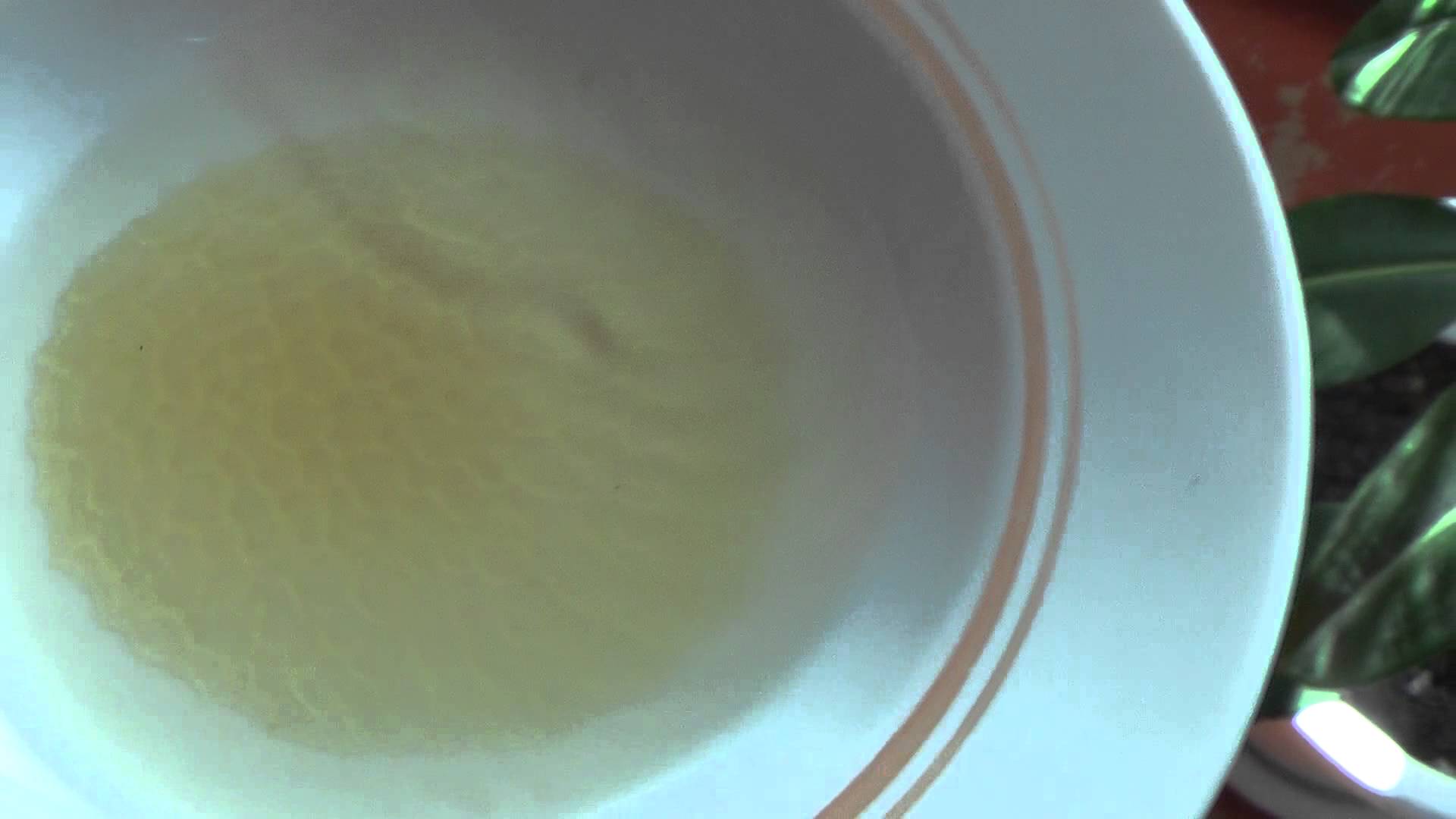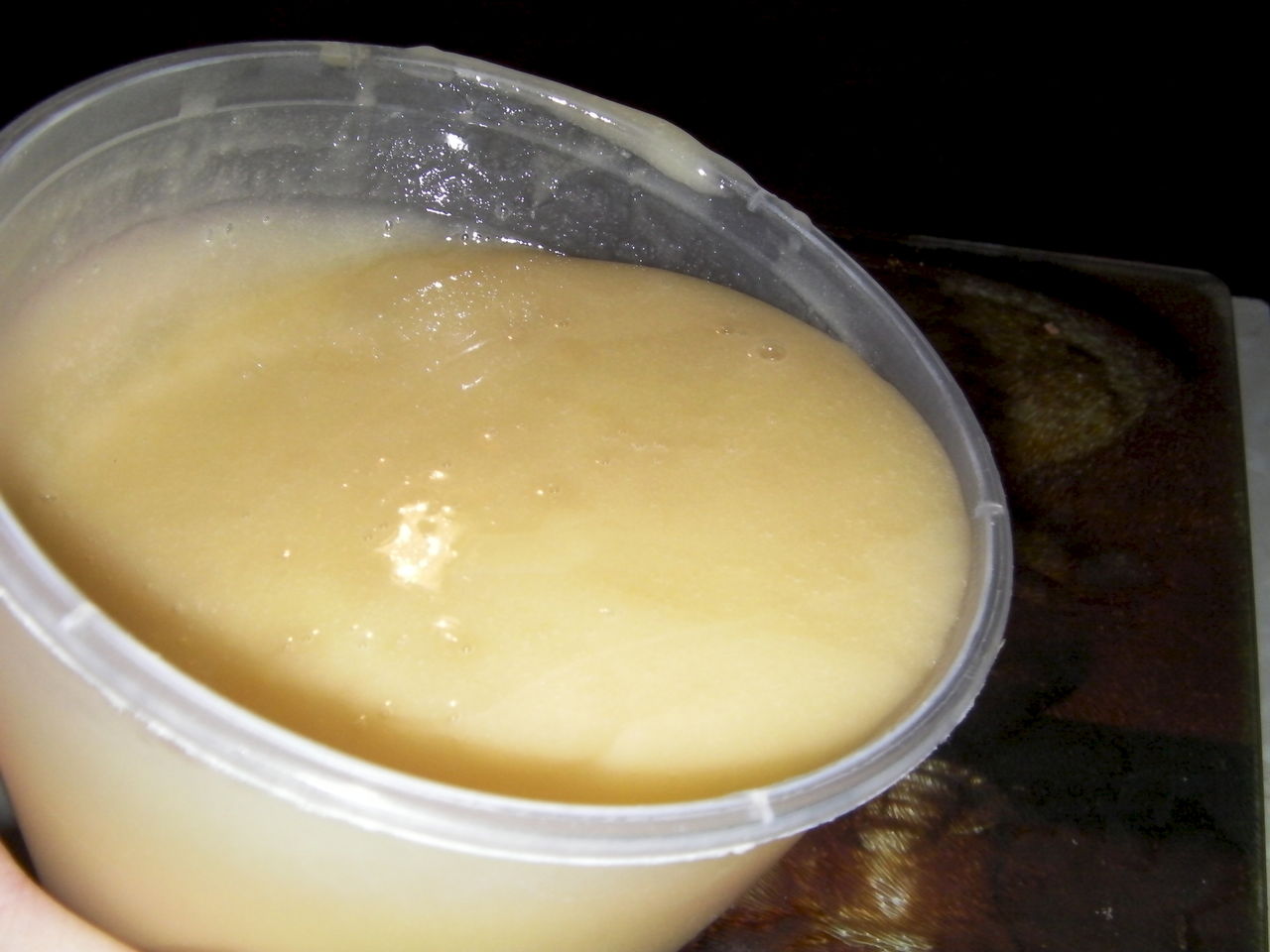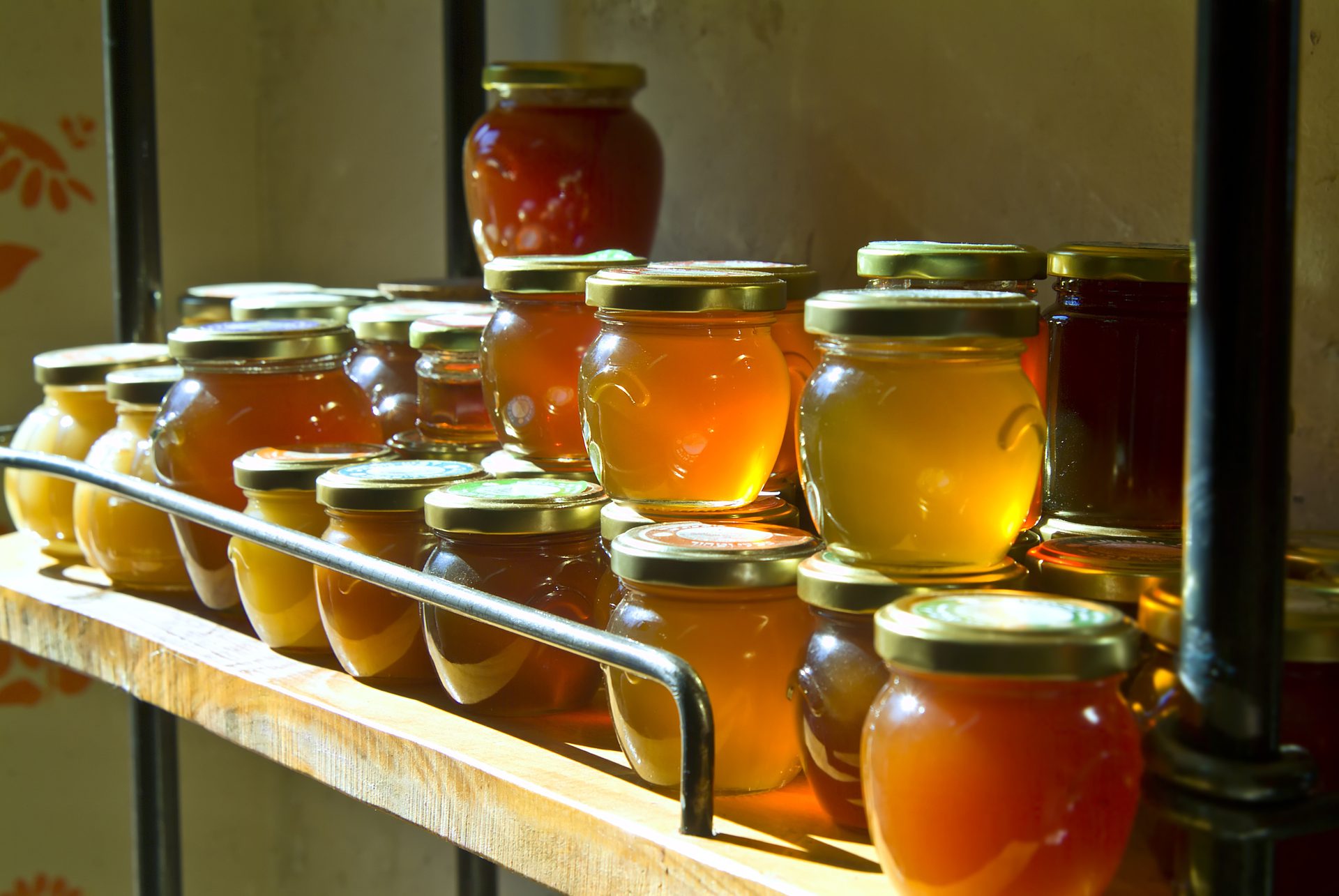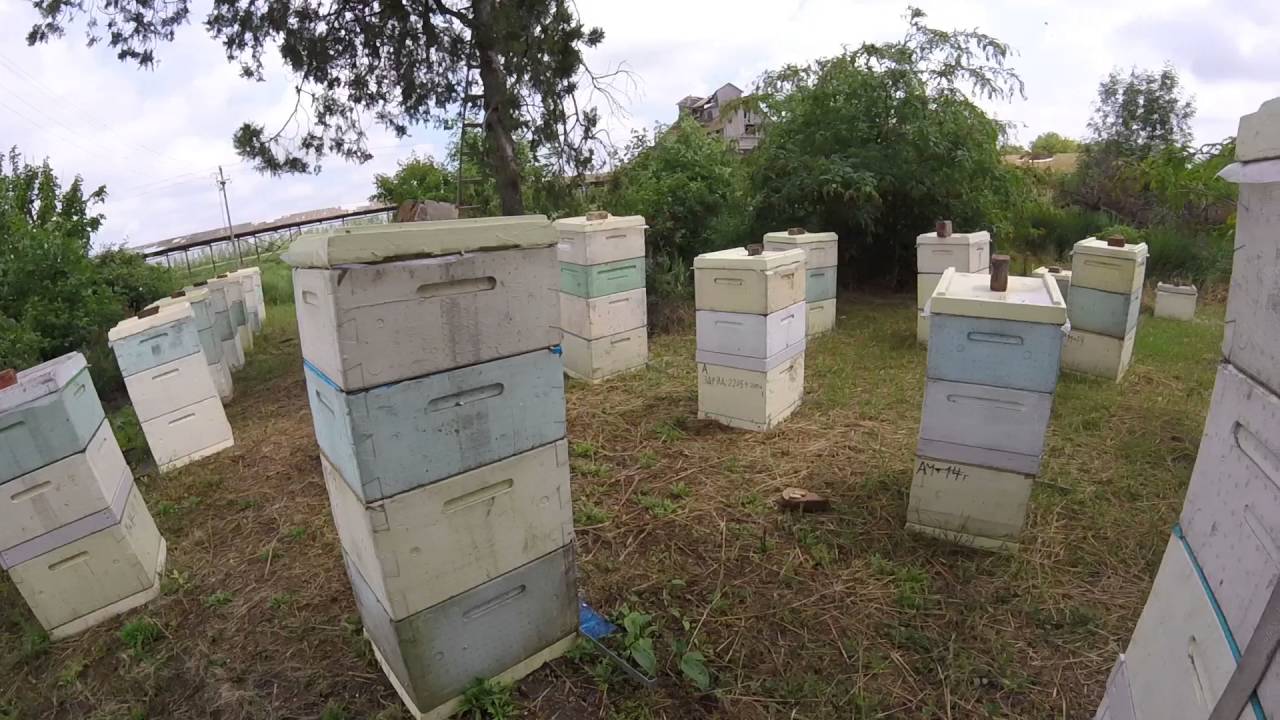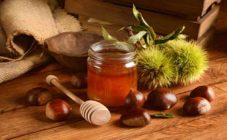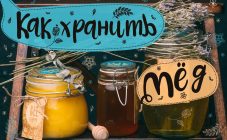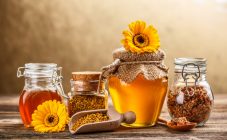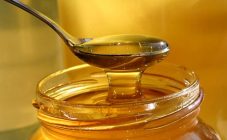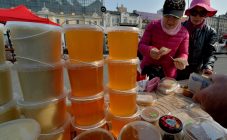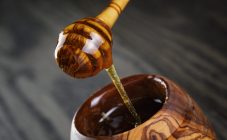Content:
Recently, the issue of choosing fresh natural honey has become very relevant. The market is replete with a variety of varieties, but are they all natural and healthy, as the sellers of this product tell about it? The production of honey is an ancient occupation. With the advent of demand for a fresh product, falsification has also increased. It is quite difficult for an inexperienced consumer to determine the naturalness of honey, since those who fake it have achieved very high results.
What fresh honey looks like
Manufacturers, for their own benefit, contrive to increase the mass of bee nectar by adding some ingredients to it.
Most often, honey is mixed with syrups, which contain a large amount of sugar. From this, the bitter taste of unripe honey acquires sweetness. In addition to sugar syrup, molasses, starches, sucrose, etc. can be added to honey.
Another variant of deception can be a substance of a very dark color, which is passed off as buckwheat honey. You should take a closer look at products of this color. The sellers are ready to do a lot to sell their goods, even to melt old, stale honey.
How to distinguish fresh honey from melted old honey? The first thing worth paying attention to is its transparency. If the bottom of the container into which it is poured is visible through dark honey in the light, this is melted, warmed honey. Also, if the buckwheat crop has long been harvested, and the buckwheat product is sold in liquid form, it is not worth buying, because it should thicken relatively quickly, and since this has not happened, then most likely there are some impurities in it. The safest way to buy only thick honey.
Reasons for foaming freshly pumped honey
Ideally, the customer should not see the frothy honey. The foam that develops from unripe honey must be removed before the product is marketed. But the product, which has recently been pumped out of the honeycomb, can very often foam, since, in most cases, it simply does not have enough time to mature. If we consider bee nectar as a chemical element, then the foam that forms on it is the release of carbon dioxide, which is formed as a result of the fermentation process.
The enzymes produced by the presence of osmophilic yeast release molecules that form small amounts of alcohol and carbon dioxide. When a large amount of alcohol is released, acetic acid is released, which provokes fermentation. That is why freshly pumped honey begins to be covered with a foamy layer. Another reason for the formation of foam is the frequent pouring of honey from one container to another. As some varieties of this sweet product contain a high protein content, foam may appear on the surface.
So the presence of foam indicates that the product is either fermenting, or unripe, or diluted with sugar syrup or water.
There are options when there is no doubt about the naturalness and quality of honey, but it is still covered with a white foamy coating.In such cases, remove the white foam and place the product in a cool place.
Many are interested in the question: "Why is freshly pumped honey liquid?" The usual state of the freshest honey is liquid, slightly thickened. Over time, it begins to crystallize and thicken to a solid state. Only honey extracted from acacia flowers remains in a liquid consistency and does not thicken over time. In other cases, very liquid honey is a sign of unnaturalness or fermentation processes.
Checking honey for naturalness
So how do you determine the freshness of honey and its naturalness? Fresh and natural product has a peculiar viscosity. It cannot have a watery base and overflow from container to container without lying in the honey pyramid. When filling a container with honey, it is recommended to use an ordinary spoon. Honey should be wrapped on it, performing rotational movements. Natural bee nectar will not drain, it will be wrapped around the spoon with a ribbon, hanging a little from it.
1 kg of honey should fit in a container measuring 800 grams. By the way, external signs also change slightly. Diluted honey will have some sediment on the bottom of the jar and also have a slightly hazy color.
Medoc can be tested for the presence of a watery substance. For this, a newspaper sheet is taken, a spoonful of the product is poured onto it. If natural, it will fold like a turret and will not stain the back of the newspaper. If diluted, it immediately spreads out into a small puddle, and a wet stain appears on the bottom of the newspaper.
Another popular way to test honey for water is bread. When a piece of bakery product is dipped into natural honey, it becomes solid, in honey diluted with water, the product will soften and lose its shape.
Checking honey for additives in the form of starch or flour is carried out using iodine. To do this, dilute a tablespoon of the product with a teaspoon of water, stir until smooth and add a couple of drops of iodine. If the product contains foreign substances, iodine will react with them and acquire a blue tint.
Vinegar will help to check honey for chalk content. In the presence of chalk, the added vinegar will trigger the release of carbon dioxide.
Whether starch was added to the honey will help determine the ammonia. To do this, a tablespoon of honey is mixed with two tablespoons of water, a couple of drops of ammonia are added to this solution. When starch is added to honey, the solution will acquire a brown color.
Also, the naturalness of honey is checked by smell. Fresh product is always very fragrant, you can recognize floral notes in the smell. The more various impurities were added to it, the more it will lose its flavor.
You can distinguish fresh real honey from artificial or diluted one in the following way: take 50 grams of bee nectar, dilute it with 50 grams of purified water and heat this mixture to 50 ° C. Then the substance is poured into a transparent bowl, all foreign ingredients will float either on the bottom or on the surface.
You can determine the quality of thickened honey as follows: a piece of crystallized product is taken and set on fire. A real honey will burn out silently, and an artificial one will crackle and smoke.
If the honey is too white in color, it means that sugar is added to it, too dark - it most likely should have been drowned. If honey looks good, it can be bought.
Honey is better: fresh or last year
To the question: "Which honey is better than fresh or last year's?" there is no definite answer. Any product has its own beneficial properties. But connoisseurs of honey most often take last year's. Last year's honey may differ from young honey in that all fermentation processes have ended in it.
Also, it can be distinguished from fresh one by the fact that it is several times easier for the human body to absorb, without loading the work of the pancreas and gastrointestinal tract. According to statistics, fewer allergic reactions occur to the product of past years of collection. It is interesting that during the time of Tsarist Russia, high-ranking officials ordered themselves honey, which was at least 5 years old. It was believed that this is an infused honey, in which all the useful trace elements have gone through the process of activation. In Ancient Egypt, food was served on the tables of the pharaohs only covered with honey. Such food stayed fresher longer and was not affected by any poisons.
In Japan, honey, which is about 15 years old, is highly valued. They buy it packaged in small jars at very high prices.
Fresh honey season
Since there are so many varieties and varieties of honey, you can buy it fresh for a long time: starting after the flowering of acacia and ending with the last flowering of meadow grasses.
Acacia honey can be purchased at the end of the first summer month. The acacia finishes flowering in early June and it takes up to two weeks for beekeepers to pump out the frames. Then the honey is delivered from the apiaries to the honey extractors, where the product that users are used to is made.
Buckwheat honey goes on sale just for the holiday of the Savior of Honey.
Molasses, collected by bees from chestnut flowers, is processed in early June, and goes on sale together with acacia in the last decade of June.
Linden honey - one of the most fragrant, harvested in mid-July, goes on sale by mid-August. Year after year is not necessary, but most often the majority of honey begins to be sold by August 14.
The nectar collected from sunflower appears on the shelves in the middle of the third summer month.
Flower honey starts selling mainly in mid-July, but it all depends on which part of Russia it was harvested in. The middle lane finishes processing in July, and the northern one in early August.
Fresh honey has a liquid consistency, in order to distinguish it from unnatural, it is better to buy at points of sale during the periods specified above. If you buy honey earlier than the due date, you can buy a melted product from last year, it will no longer have any useful properties, since they are lost during heat treatment, which exceeds 40 ° C.
